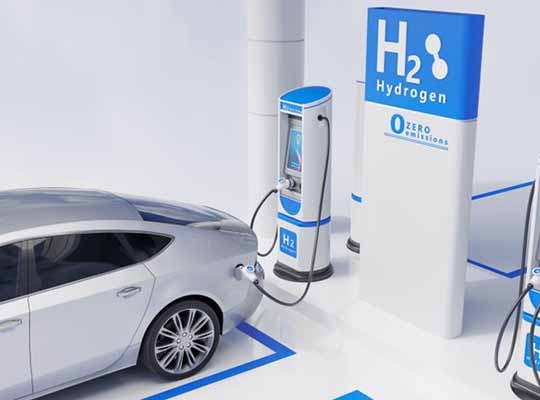BOSTON – The electric vehicle (EV) market is growing rapidly and has even proved resilient to COVID-19 related shutdowns, seeing year-on-year growth throughout 2020. Within the EV market, increases are being seen in battery capacity, range, charging rates, wide bandgap semiconductors, and high-performance traction motors. Additionally, EV fires and related recalls have brought the concept of thermal runaway detection, prevention, and protection to the fore. All of these trends demand more effective thermal management systems, solutions, and materials.
The latest report from IDTechEx on “Thermal Management for Electric Vehicles 2021-2031” details the OEM strategies, trends, and emerging alternatives around the thermal management of Li-ion batteries, electric traction motors, and power electronics. This information is gathered from primary and secondary sources in combination with an extensive model database of over 250 EV models sold between 2015 and 2020, giving a comprehensive overview of the topic. Emerging alternatives like immersion cooling are also addressed and discussed for their suitability in future applications along with adoption forecasts.
Fast charging is a key trend in the EV market and range anxiety becomes less of an issue if a vehicle can be charged in less than 30 minutes. Several vehicles have entered the market with this capability. More examples are emerging for 800 V systems too with the likes of the Porsche Taycan/ Audi e-tron GT platform as well as the new Hyundai E-GMP architecture. These higher voltages also help enable faster charging. However, thermal management is a key consideration for fast charging, keeping the batteries cool during this process helps increase the longevity of the cells but is also a major safety feature to prevent thermal runaway. For this reason, interest has also been seen in more novel technologies like immersion cooling.
In 2020, there was a great emphasis on EV fires and manufacturers like Hyundai and GM had to recall nearly 100,000 vehicles each. The estimated cost of these recalls was $900 million for Hyundai and $1.2 billion for GM, not to mention the harm to the reputation of their EVs and EVs in general. Whilst it is generally agreed that EV fires are less common than combustion vehicle fires, the EV fires tend to be much more severe and as more of an unknown quantity, gain more attention from the media. Detection and prevention of thermal runaway are extremely important, especially as regulations around EV safety start to be enforced. This also gives opportunities for fire-retardant or fire insulation materials. Given there is no consensus on the design of an EV battery cell or pack, this makes the EV market an interesting landscape of potential for thermal management and fire protection component and material manufacturers.
Power electronics are often overlooked, but the main inverter is often the hottest component in an EV under normal operating conditions. Most of the market is using Si IGBTs which certainly generate significant heat and require effective thermal management which is often integrated into the motors coolant system. In recent years there has been significant adoption of SiC MOSFETs in the main traction inverter. This leads to higher switching frequencies and hence higher efficiency. The use of SiC also decreases the footprint of the package leading to higher power density and in turn a greater challenge in heat dissipation. In addition to the liquid cooling of these components, trends are apparent around the wire bonding, die-attach, and substrate technology within the inverter packages themselves. Each OEM has its own strategy for power electronics and their implementation of options such as thermal interface materials. IDTechEx’s latest report “Thermal Management for Electric Vehicles 2021-2031” includes trends in power electronics design as well as several EV use-cases and forecasts the demand of Si IGBT and SiC MOSFET units.













